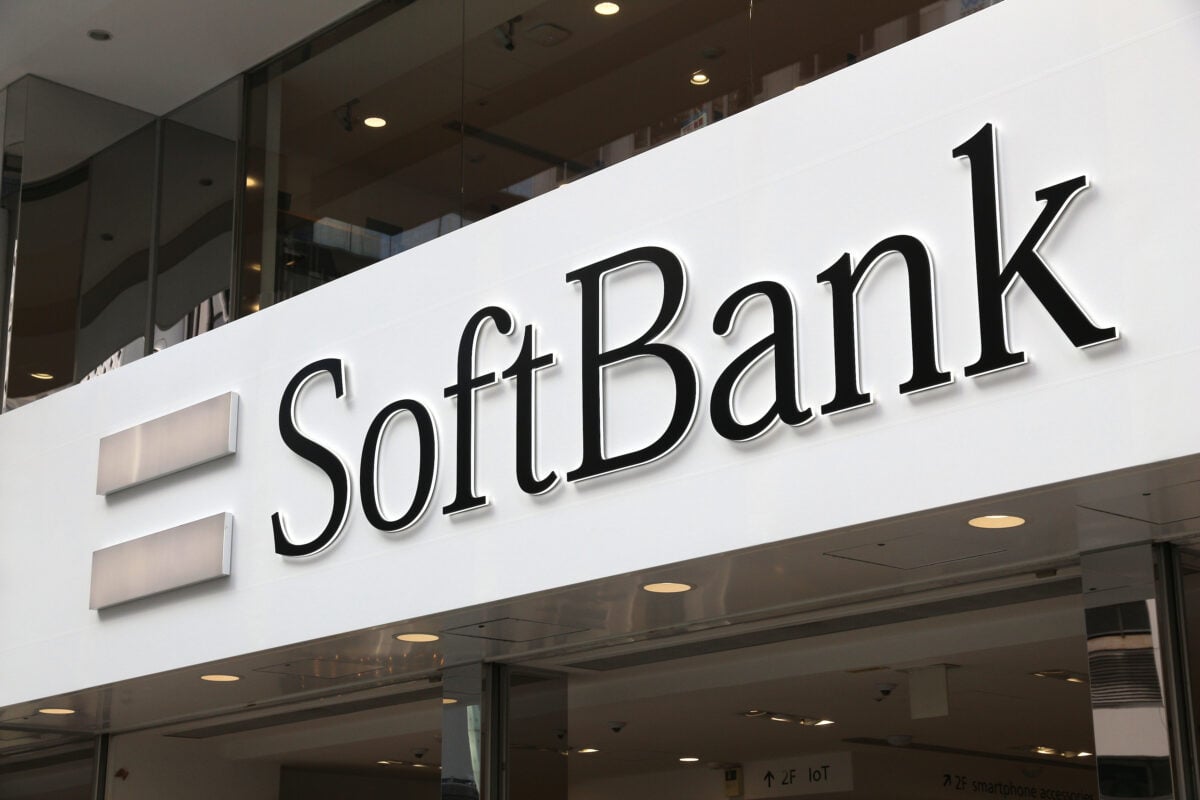TLDRs;
- SoftBank’s new AI-driven Transformer model improved 5G uplink throughput by 30% in live tests.
- The architecture achieved 26% lower latency compared to previous CNN-based models.
- Downlink throughput for moving terminals increased by up to 31% in simulations.
- SoftBank’s work aligns with global AI-RAN efforts, signaling an industry-wide shift in telecom innovation.
SoftBank has unveiled a major leap forward in 5G technology, announcing that its newly developed artificial intelligence (AI) architecture has delivered a 30% increase in uplink throughput during live testing.
By deploying Transformer-based models, technology commonly associated with cutting-edge AI systems, the Tokyo-based telecom giant says it has redefined how wireless signals can be processed in real-time networks.
The breakthrough comes at a critical time as global carriers search for ways to increase network capacity, cut latency, and support the growing demands of industries ranging from autonomous vehicles to industrial IoT.
Faster Speeds with Lower Latency
According to SoftBank, its AI system was tested in a live, over-the-air 5G environment and managed to meet industry latency standards while outperforming its older CNN (convolutional neural network)-based model.
The Transformer-powered approach processed signals with an average latency of 338 microseconds, around 26% faster than previous methods.
In addition to uplink gains, simulations also showed that the new architecture could improve downlink throughput by up to 31% for moving terminals, more than doubling the efficiency achieved with earlier models. This suggests significant benefits for mobile users on the go, particularly in dense urban settings where network congestion is common.
AI-RAN Alliance Signals Industry Shift
SoftBank’s achievement is not occurring in isolation. The company is one of more than 100 members of the AI-RAN Alliance, an international collaboration launched in 2024 with founding partners such as AWS, Microsoft, Ericsson, and Nokia.
The alliance’s goal is to accelerate the use of artificial intelligence in radio access networks (RAN), improving efficiency and enabling new services.
Industry-wide surveys highlight this momentum with over a third of telecom professionals now investing directly in AI-powered RAN optimization, and more than 20% already reporting revenue increases of 10% or higher from such initiatives. SoftBank’s real-world validation reinforces the idea that AI-enhanced networks are moving from theory to commercial reality.
A New Era for Telecom Innovation
Perhaps most importantly, SoftBank’s technical breakthrough addresses a long-standing engineering challenge—the trade-off between model sophistication and processing speed. Traditionally, more advanced AI models offered better performance but slowed processing, making them impractical for ultra-low-latency 5G requirements.
By leveraging Transformer-based architecture, SoftBank achieved the best of both worlds: higher throughput and lower latency. This opens the door for faster upgrades, reduced development costs, and a foundation for future technologies such as 6G.
Other industry leaders are taking note. Nokia, for instance, has announced testing partnerships with operators like T-Mobile and KDDI at its AI-RAN Center in Dallas. Together, these efforts suggest that AI is set to become the defining technology behind the next generation of wireless communication.






